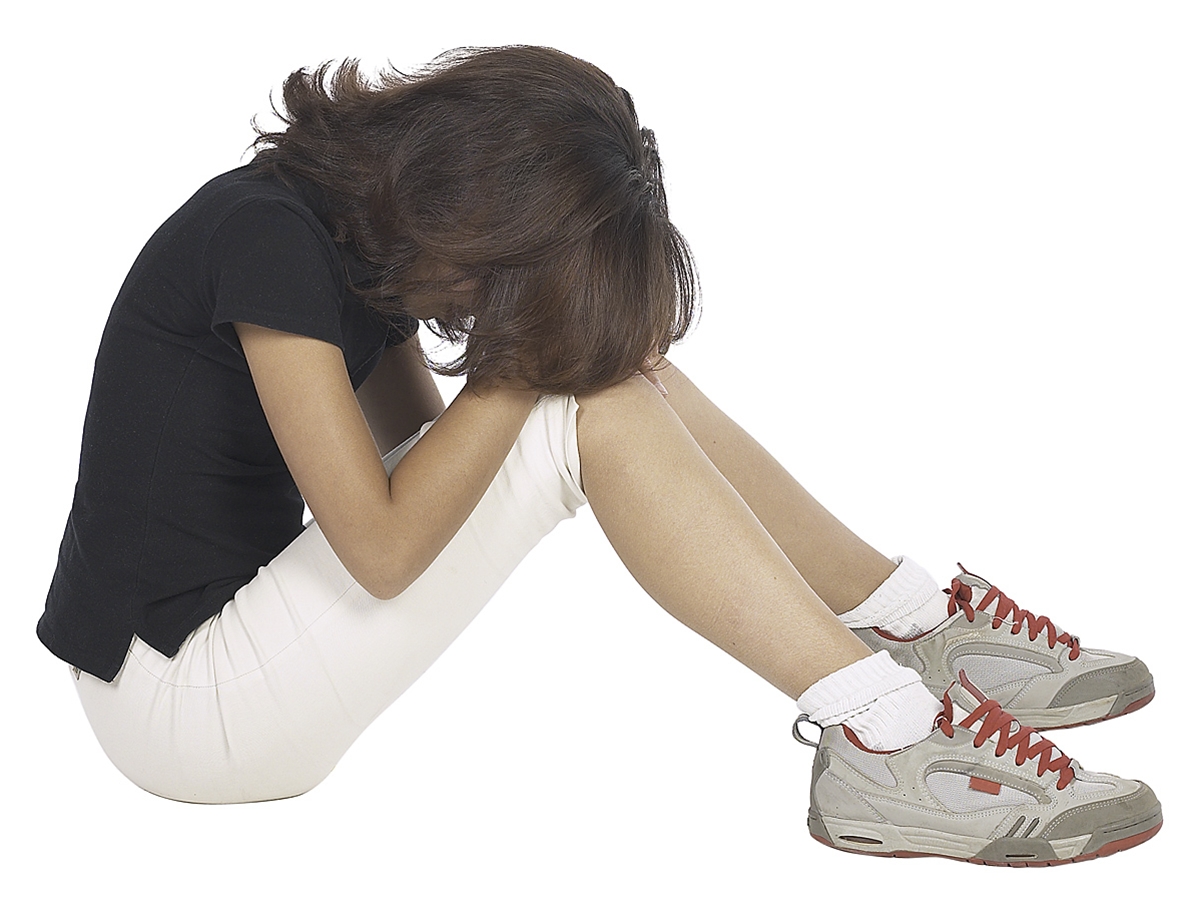Facts About Menstrual Pain
- Menstrual pain can be either primary or secondary
- Primary is present from the beginning of pubertens. There is no underlying disease and the symptoms come from hours before menstrual bleeding and especially the first day.
- At 10%, the symptoms are so severe that it requires sick leave monthly. Treated with NSAIDs and possibly. Pill
- Secondary occurs in a person who previously had normal menstrual periods. Due to an abnormal condition in the abdomen. Typical among 30-40 year olds. Treatment directed at the underlying cause
What are menstrual cramps?

Painful menstrual periods is also called dysmenorrhea. When genes occurs just after puberty and there is not a disease as the cause of the pain, the condition is called primary dysmenorrhoea . Usually starts pain a few hours before or simultaneously with menstrual bleeding. The pain is most pronounced on the first day, but may last for 1-2 days.
The condition is called secondary dysmenorrhea when genes occur in a person who previously had normal pain during menstruation. They result from an abnormal condition in the abdomen. The pain starts in these cases, typically several hours or days for bleeding and may decrease as the bleeding starts.
Primary dysmenorrhea occurs frequently in the years after puberty, while secondary dysmenorrhea typically seen in women between 30 and 40 years. In various reports indicate that 20% to 90% of young women who have not given birth has generating menstrual pain. Among these, approximately 10% so painful that they have to call in sick from work or school one or more days per month.
How common is dysmenorrhea?
10% of women with primary dysmenorrhea have such severe symptoms that lead to sick leave.
What causes dysmenorrhea?
The cause of primary dysmenorrhea is not fully known. It is believed that forming the uterus copious amounts of so-called prostaglandins, which are substances that trigger contractions and spasms of the uterus. Uterine walls are composed predominantly of muscle.
Secondary dysmenorrhea is often due to an illness or irritation of the uterus and surrounding organs. The condition may also occur, without there can be found an explanation.
Common causes of secondary dysmenorrhea:
- Spiral, which irritates the lining of the uterus, is a frequent cause
- Endometriosis is a disease in which there are areas of endometrium outside the uterine cavity. This lining will also be soft during menstruation, and this can often cause pain. In a special form of endometriosis, adenomyosis, there endometrium in the uterus muskulatur and this often secondary dysmenorrhea
- Fibroids in the uterus , is another frequent cause of dysmenorrhea
- Adhesions in the pelvis following a pelvic infection can cause menstrual pain
- Adhesions in the cervix after surgery may also cause
What are the symptoms of dysmenorrhea?
Pain comes in relation to menstruation.
What symptoms should you pay particular attention to?
There are no special symptoms you should be aware of.
How is it diagnosed?
In primary dysmenorrhea in adolescent girls will often be unnecessary studies. The case history is typical and there is rarely suspected underlying disease.
In secondary dysmenorrhea made a gynecological examination to look for possible causes. If the doctor does not find the cause of the pain, it may be appropriate to conduct an ultrasound examination. For the diagnosis of endometriosis may be required laparoscopy (keyhole surgery) of the pelvis.
What treatment is there?
In primary dysmenorrhea is the first choice anti-inflammatory drugs ( NSAIDs , for example. Naproxen, Ibumetin), available over the counter. These compositions provide a good pain relief and can be combined with other non-prescription analgesics such as. paracetamol. By severe pain may be given prescription NSAIDs.
The pill works well for primary dysmenorrhoea, and and can be used to advantage if you also need contraception. An optional coil is removed or changed to an IUS , which both reduces the amount of bleeding and pain.
How is long-term prospects?
If there is no detectable disease, dysmenorrhea an innocent suffering, which disappear or get better over the years without treatment. The pain may in some last for years and require treatment. Primary dysmenorrhea disappears at most after the first birth.
In secondary dysmenorrhea depends on the treatment of the cause.
How do I avoid or aggravate dysmenorrhea?
You can not even do anything to prevent or aggravate dysmenorrhea.
